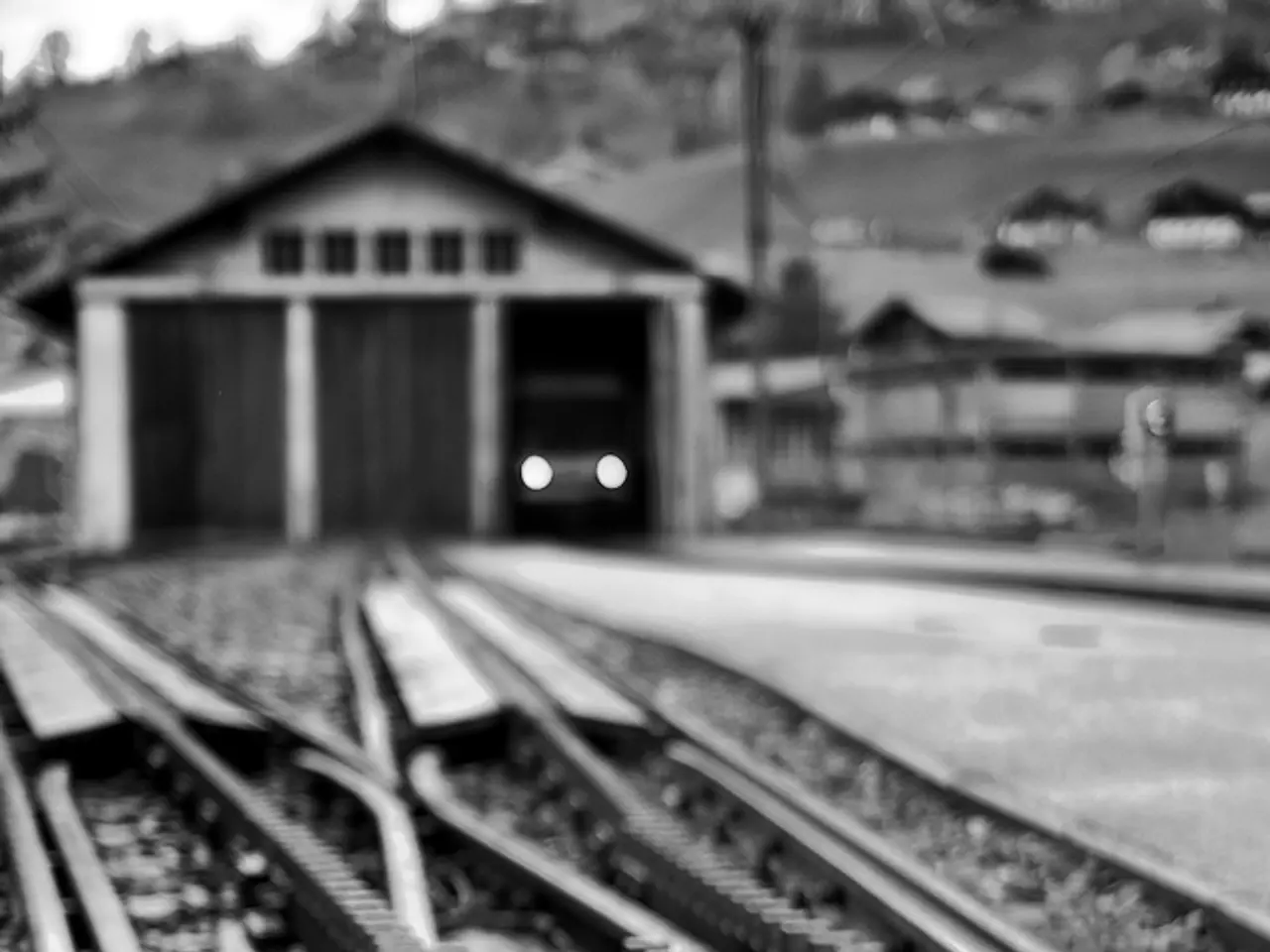Economy Expanded by 6.3% in Seven Months of the Current Year
Kazakhstan's economy has experienced a significant boost, with the country's gross domestic product (GDP) growing by 6.3% in the January-July 2025 period compared to the same period last year [1][2][3]. This growth is largely attributed to the expansion of key economic sectors.
The transport and logistics sector led the way with a 22.5% increase, driven by rising demand from various sectors such as mining, oil and gas, agriculture, construction, and trade [2][3][5]. This surge was supported by investments in infrastructure projects, including new roads, railway expansions, and increased domestic grain and fuel transportation [2][3][5].
Construction was another significant contributor, growing by 18.5% due to government spending on vital projects like schools, railways, roads, housing, healthcare facilities, and power lines in regions like Turkistan, Aktobe, Zhambyl, and East Kazakhstan [3][4].
Wholesale and retail trade also saw an increase of 8.6%, with wholesale sales up 9.5% and retail sales up 6.6%, reflecting strong domestic demand [1][4].
Mining and quarrying expanded by 8.5%, benefitting from Kazakhstan’s rich mineral resources and exports, which form a foundational part of the economy [1][3].
Manufacturing grew by 6.1%, with notable contributions from machine building (+14%), food production (+9.2%), petroleum products (+8.6%), chemical products (+6%), and metallurgy (+1.3%) [1].
Agriculture grew 3.7% overall, with crop production increasing by 5% and livestock by 3.4%, maintaining a steady contribution to GDP [1][2][3].
These sectors underpinned the 6.3% GDP growth by driving industrial production (+6.9%) and service sector expansion (+5.2%), complemented by strong state investment and external trade. The government’s focus on infrastructure development and diversification away from oil dependency are key strategies fueling sustainable economic progress [1][2][3][5].
Regional highlights include Akmola, which saw a growth of 25.6% due to the construction of comfortable schools and road reconstruction. The Kostanay region recorded the most notable dynamics in trade, with a growth of 17.6%.
The government is closely monitoring the implementation of the President's directives to ensure sustainable economic growth. Notable growth was also recorded in the Zhambyl region (18.2% in industrial growth), North Kazakhstan region (12% in trade), Nur-Sultan (9.2% in trade), and several other regions and cities.
The construction sector, in particular, showed strong growth, with increases recorded in all regions, including high growth rates in the Turkestan region (34.6%), East Kazakhstan (5.9%), and Zhambyl (13.1%). The transport and warehousing sector also experienced a growth of 22.5%.
Retail trade grew by 6.6%, accounting for less than half of the total growth in trade. Goods production increased by 8.3%, and services increased by 5.2%, with the most dynamic segments being transport and trade.
The government's strategic focus on infrastructure development and economic diversification appears to be paying off, setting the stage for continued economic growth in Kazakhstan.
Finance plays a crucial role in supporting the expansion of key economic sectors in Kazakhstan, as government investments in infrastructure projects like new roads, railway expansions, and increased domestic grain and fuel transportation help drive growth.
Businesses in the construction sector, such as those involved in the building of schools, railways, roads, housing, healthcare facilities, and power lines in regions like Turkistan, Aktobe, Zhambyl, and East Kazakhstan, have seen significant increases due to increased state investment.




